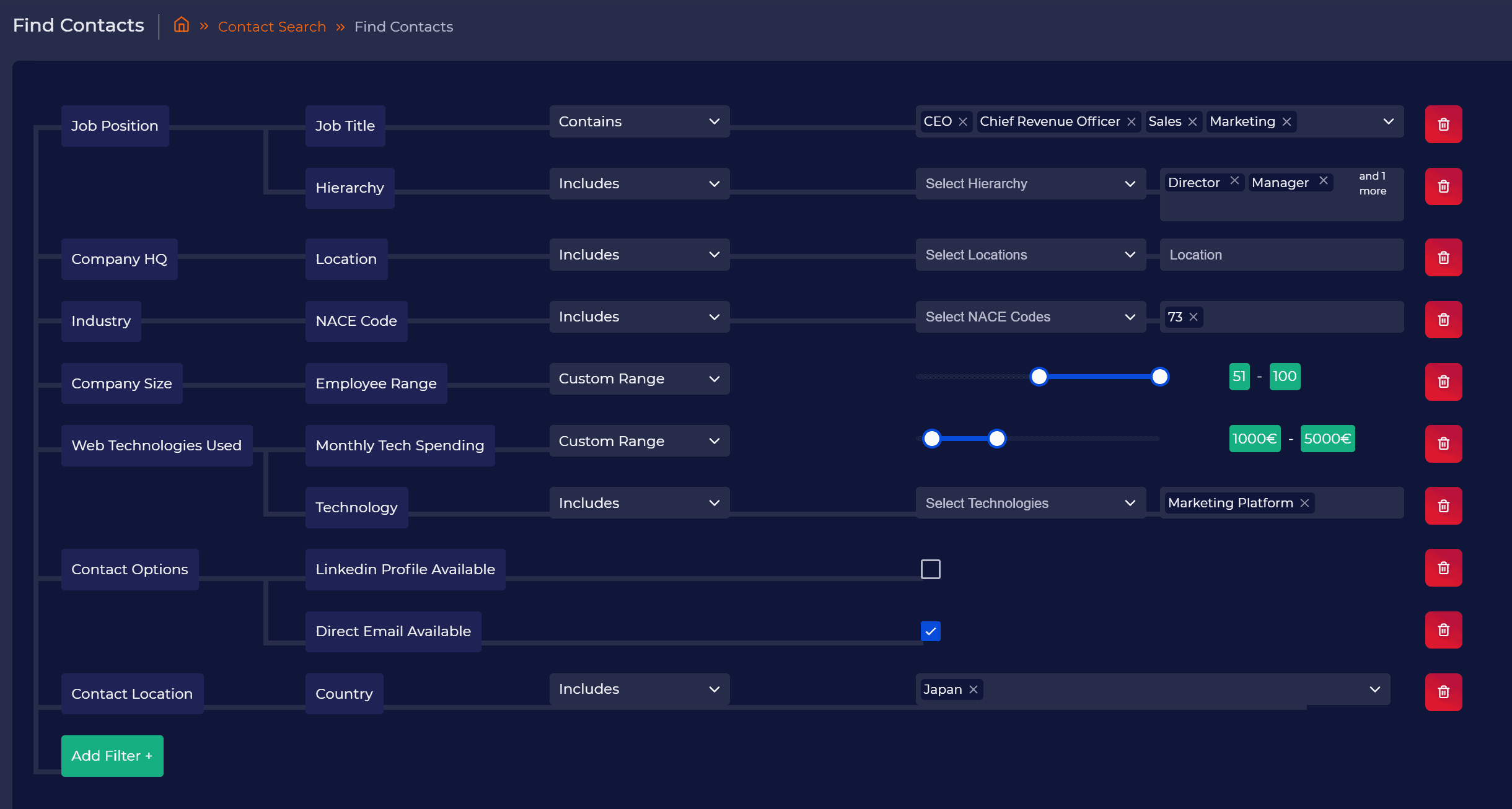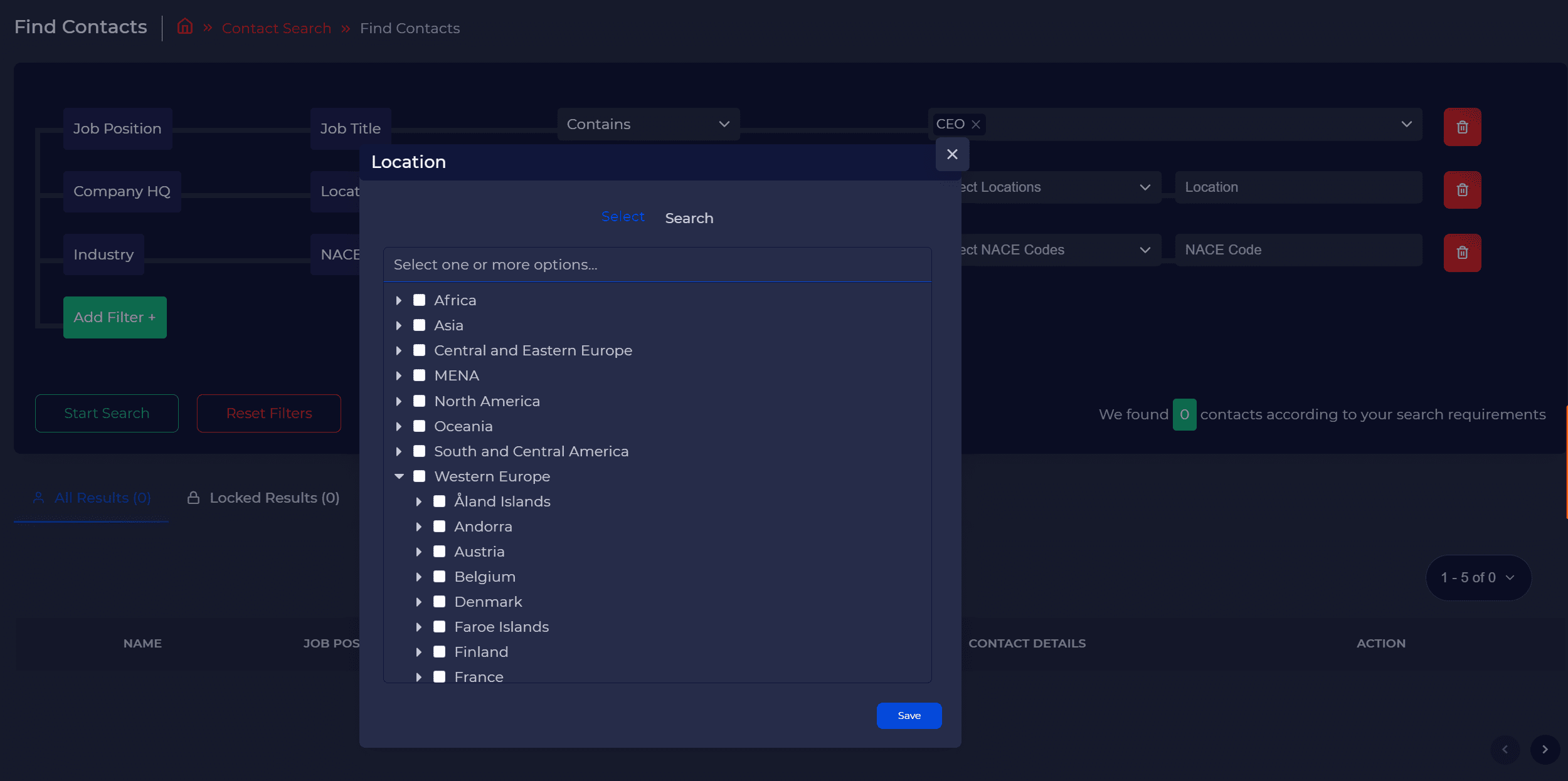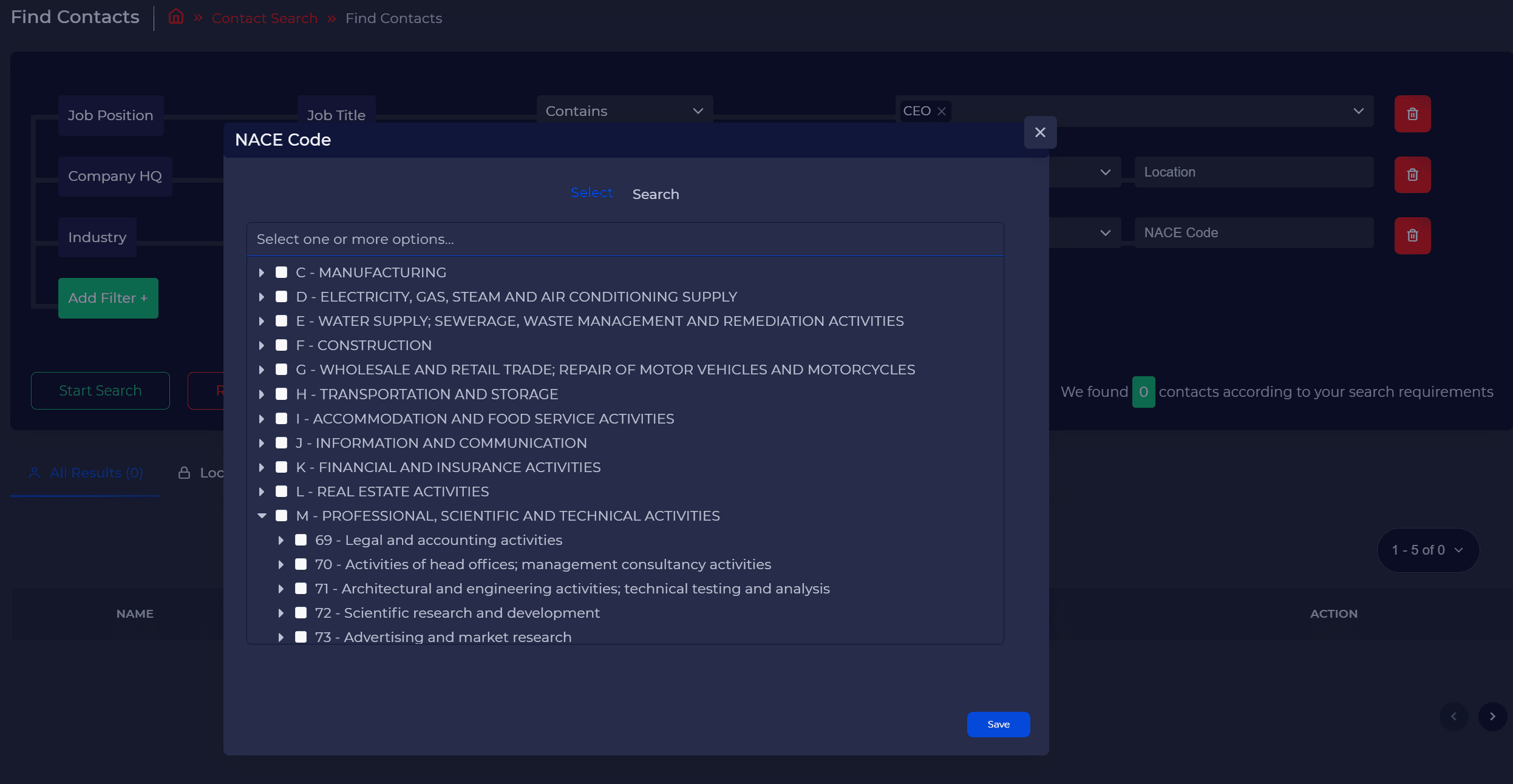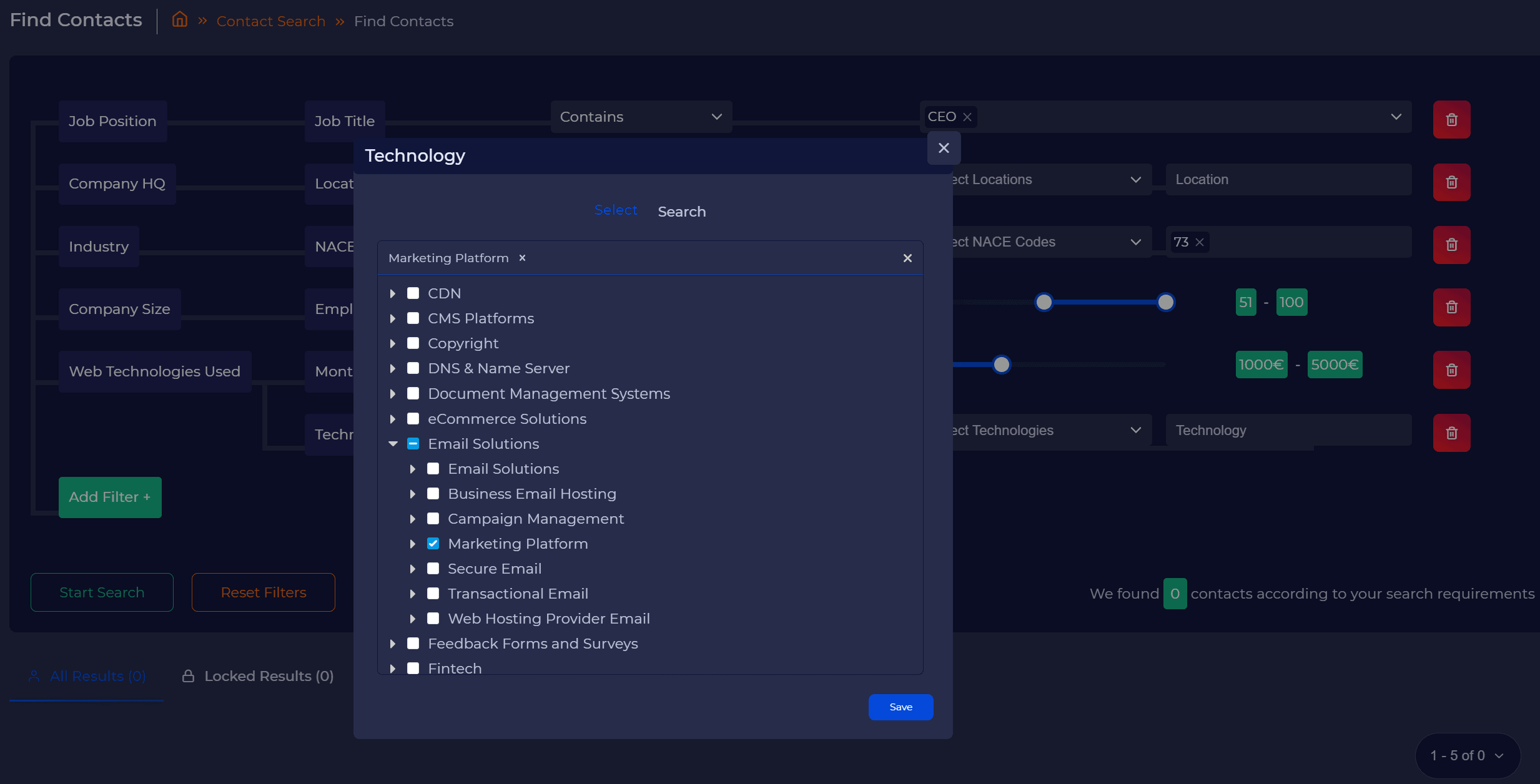Updated on January 5, 2023
Are you on a quest to find new potential customers for your business and now you’re looking at the options at hand?
Ah, if you ask Google, the choices are plenty!
If your search query looks like this:
“Where can I find new B2B clients online?”
You’ll get plenty of different suggestions from the entire World Wide Web on how to find new customers online.
But most of them are outdated, copied, repeated, and not that effective in the initial phase when starting a business.
Let’s see why.
#1. Referral / Word of Mouth
Yes, your current customers (especially the loyal ones) can act as a referral channel themselves.
A truly satisfied customer can easily turn into an evangelist of your brand, posting their pleasant experience with your products or services online on their social media. Or by leaving you a stellar review on Google or G2 communities. They will bring you new potential clients and promote your services by word-of-mouth when asked for recommendations from their connections. But sometimes, you might have to remind them to spread the word.
Here’s how:
“Word of mouth is incredibly important for our business. We have a strong customer referral program and this is my #1 strategy for building our network and attracting new clients.
This should be done in a very strategic way.
We typically wait until after the first 2-3 months of results before we ask them for a review or a referral, but this is by far the highest converting channel and it works without fail. There is no better endorsement than a current happy customer. Especially during times of crisis when business owners look critically at every dollar spent, it’s much easier to get a new client when you already have a mutual point of contact putting in the good word for you.“
Jonathan Zacharias, Founder of GR0
“For my specific use case, the number one source of new clients has been through recommendations.
Besides my own SaaS business, I do a lot of web development and consulting. The moment I finish doing a great job for someone, I tell them to recommend me to anyone who may be looking for services that I provide. This alone has opened me so many doors that I can’t even remember.
The key is knowing when to ask and people are the most likely to recommend you when they’re happy with the great work you’ve done.”
Nadiia, Chief Marketing Officer at useTrust.io
But if you ask me, I wouldn’t rely the entire business on one single method for finding new B2B customers online. Especially if it is a startup with a young (and relatively small) customer base. Better consider it as an “along the way” channel for a fresh flow of new potential clients to fill your sales pipeline.
#2. Get B2B leads through SEO
If you have a website, I assume you have a blog as well. And if you’re any good at search engine optimization, your articles will attract quality leads and future customers to the valuable information you share (as being the perfect match to their search intent) – regarding your product or services.
Especially in B2B, where our smart and well-informed customers are performing their own research before paying for anything, search engine optimized website is everything. Literally.
If you haven’t already, you can set up an SEO platform to manage things like your content planning & optimization, keyword research, testing, competitor analysis, and more all in one place.
Or, if you are too focused on taking care of your business operations, then hiring an effective SEO agency will help you increase conversions from your organic traffic.
Here are some stats to prove my point:
- The average customer will make 12 searches before engaging with a brand’s website. Today, B2B consumers are highly educated and prefer to consider all alternatives to find the most valuable (Source: Google);
- 90% of B2B customers research 2-7 sites before they make a decision to pay. To get B2B leads and convert them, it’s important to attract them with quality content that positions you as the thought leader among your competitors (Source: Digital Commerce 360);
- In 2020, 80% of the B2B buyer journey happened online. Potential B2B customers will only reach out to an SDR after they’ve researched the market. (Source: Forrester & Gartner);
- B2B video marketing statistics tell us that over 70% of B2B buyers believe video plays an important role in their market research. (Source: 99Firms).
Co-Founder, and CEO of Minerva, here is Joaquín Roca‘s experience in using SEO to attract new B2B leads online.
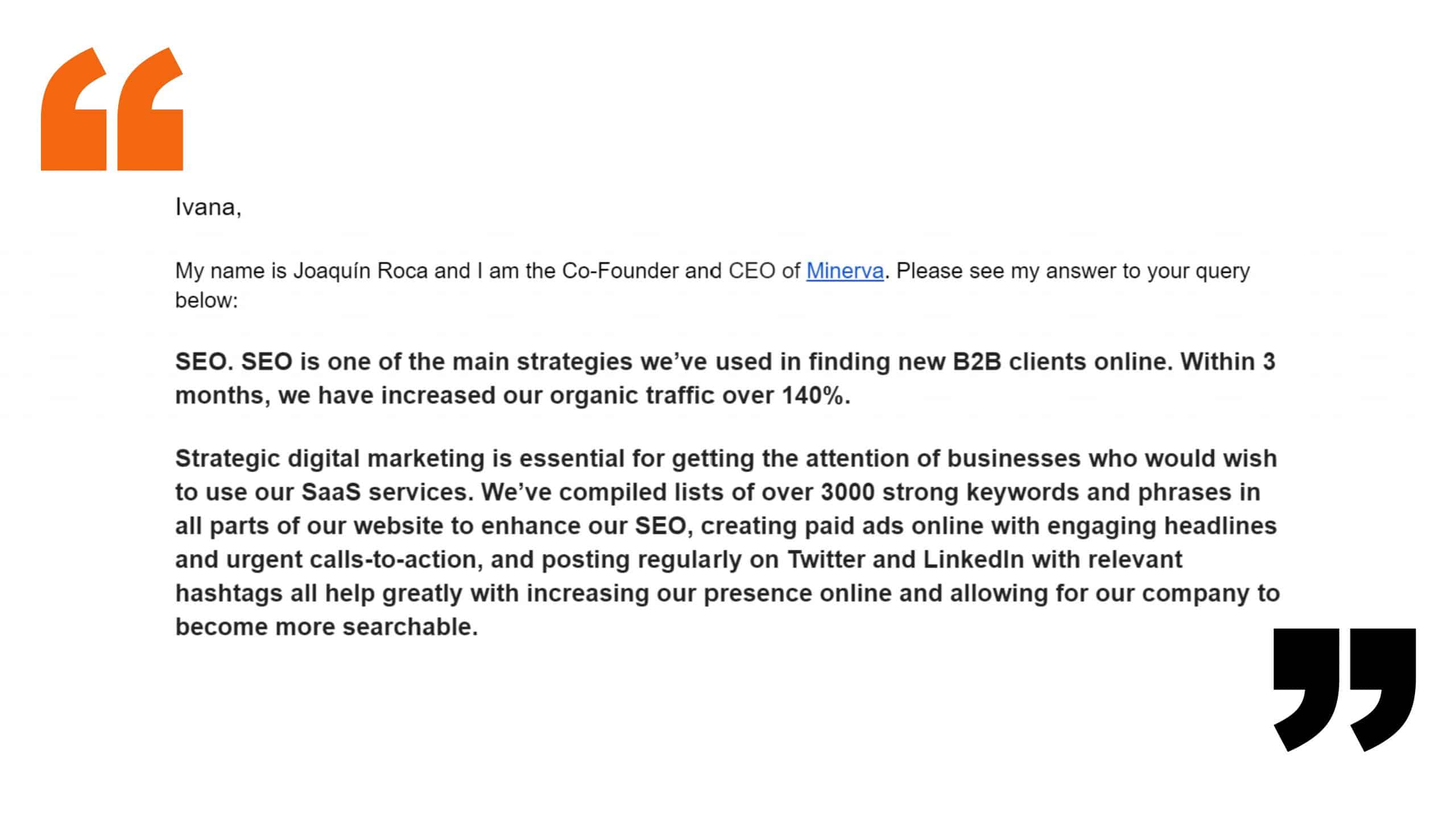
SEO: We identify keywords used by someone who is, or might be, interested in our services or brand subject matter. We then create a page around that keyword by analyzing the other top-20 ranking pages (example: Content marketing agency). This helps us create a page that is likely to rank on Page 1 for that particular keyword. The people who arrive at these pages can then contact us through one of the forms on that page to learn more about our services. We get a few hundred leads every month through this strategy. We also get hundreds of new subscribers to our email database by targeting information-intent keywords on our blog, like “target audience example.” Blog readers come for relevant content. If they like that info, they might subscribe to get more of it.
Referral leads: For instance, Clutch is a B2B online directory and the first organic result for “top content marketing agency.” By ranking on their directory (by getting positive reviews), we get referral traffic that can turn into leads for us. On average, we get about 4-5 leads per month through this method.
Dominick Sorrentino, Senior Marketing Specialists at Brafton.
When it comes to SEO (the inbound way of attracting new potential clients in B2B) this article might help:
Related read: How did we increase Domain Rating from 12DR to 45DR within a year
#3. Social Networking
Social Networking is great – I mean, all of us already do it to a certain extent, don’t we? It’s our online life basically. Today, having a business account on social media platforms is a necessity for any brand. Especially LinkedIn.
But social networking takes time and dedication. It’s not that easy-peasy lemon squeezy if you want to speed up the process and see actual results. You will have to do it the professional way. Starting with a social media audience research and target market analysis so you know your share of the market size and come up with a Target Audience definition for your specific brand. Once you know your addressable market – then you can define your social media target audience (now that you have defined who those people are) and start creating an online marketing strategy.
“I find new customers online by working with my local chamber of commerce and networking groups like Letip. It makes things so much easier because you put yourself and your business out there as being very approachable and respected by other like-minded individuals. We typically find these people at our local chambers of commerce and joining online networking events. I try to make this a habit by hopping on 2-3 virtual or live meetings each week.
Networking, networking, networking. Our business is very relationship-driven. The more relationships we build in our local community, the easier this becomes.”
Brett Prentiss, Co-Founder of Instinct Marketing.
Engaging with your followers, posting consistently as you grow your network – all of that is fine and will build trust and authority in your niche over the years, and yes – will attract your ideal audience. But the question is – How long can you wait patiently without any profit until you actually start to receive some from your social networking efforts? I will leave that answer to you.
How to Actually Get more B2B customers online, fast.
Luckily, when it comes to sales prospecting for B2B customers, there is a different way to find them. It enables you to narrow your focus and resources to targeted groups of businesses and improve the results from your customer acquisition efforts.
We asked our “colleagues” from the industry via Help a B2B Writer and HARO to give us their insights so we can deliver a better answer to this question – with a more holistic approach that includes insights and ways of pursuing B2B clients outside of our own company.
Here is what Howard Lee from LFDM, Inc. shared with us:
“Instead of purchasing lists, I always recommend my clients use all-in-one tools like Sales.Rocks or Apollo to hyper-target the industries and roles that are the most relevant to their offering. Both tools have everything you need: prospect qualification, contact identification, and outreach sequencing so it’s pretty much a no-brainer and saves so much time and money.
When approaching these prospects, it’s important for people trying outreach to know that you don’t have to be scared, you just have to do it. Write like you’re talking individually to the person, and do it while appreciating the time they’re spending. The more genuine you are in your outreach, the better the response.”
How I attract B2B clients INBOUND:
“For inbound I use SEO with multiple pages, each addressing one specific solution/problem that people are looking for — this allows for better ranking possibilities. But there’s something more important: The message when your prospect gets to your website.
I really do suggest you read what people are saying about services or products in your niche. Look at online reviews and testimonials along with complaints and then write directly to them in your listings and website. More often than not, that can lead them to pull the trigger and actually contact you.”
Howard Lee, Marketing Advisor at LFDM, Inc.

So let’s look at the real deal = the platforms and tactics that work effectively to connect you with your potential B2B clients – from finding them to contacting them and growing together.
Here are the best 5 options to actually get new B2B customers online fast, easy and have fun along the way:
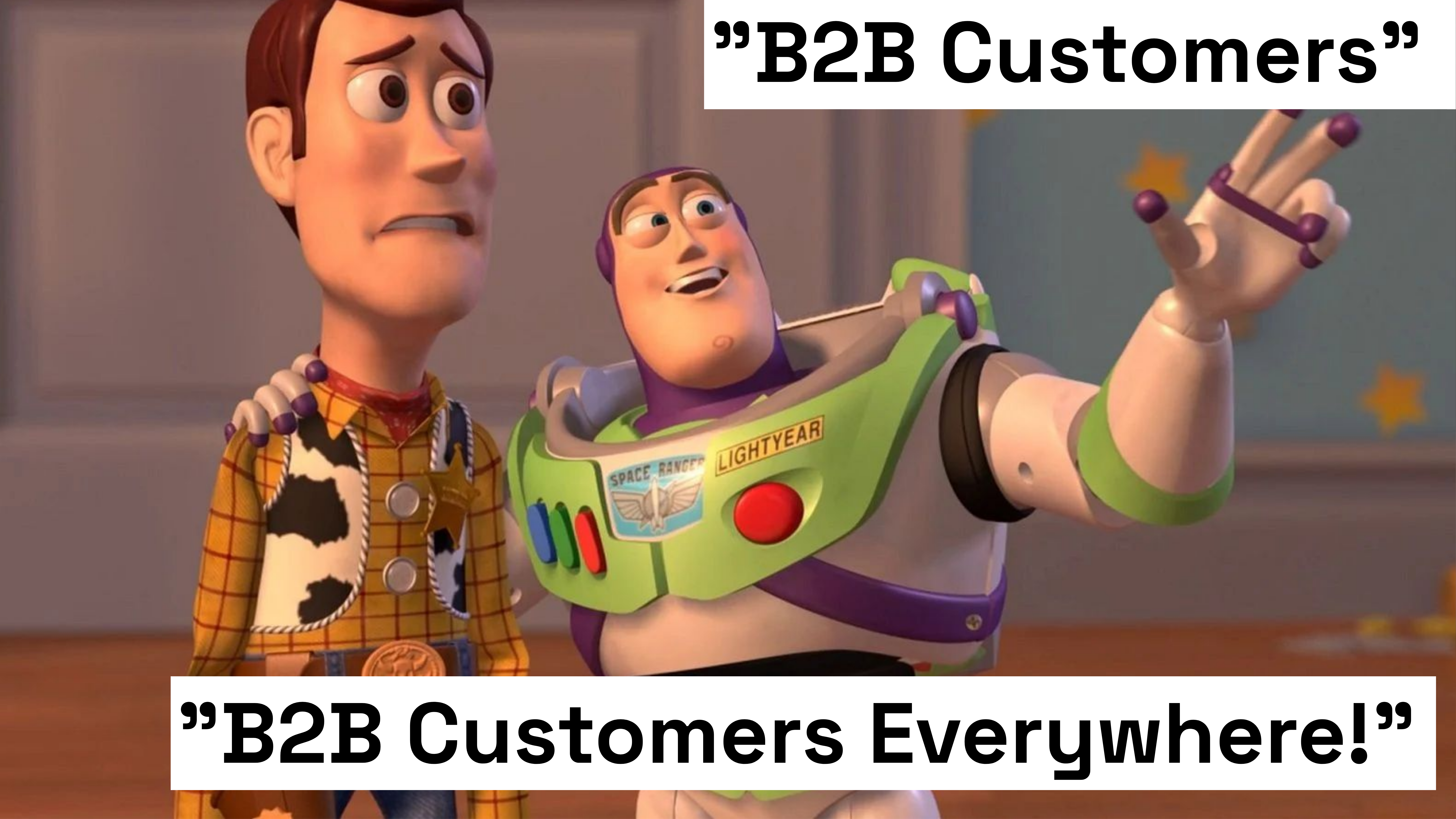
#4. B2B Database Providers and Sales Prospecting Automation
There is a solution, specifically created to help entrepreneurs and salespeople easily find new B2B customers online.
It’s called B2B Database provider.
It is like an online library filled with business information about B2B businesses. They include startups, SMBs, large enterprises, corporations, limited liability companies (LLC), public liability companies (PLC) and partnerships.
And, the B2B decision makers that work behind the curtains of those organizations.
About all the details regarding what business information these databases provide we discuss in-depth here:
Related Read: Firmographic Segmentation: Nail down your Ideal Customer Profile in B2B
Some of those B2B database providers took a few steps further and evolved into a complete B2B Sales Automation software with cold email outreach included.
Sales.Rocks is one of them.
And it was specifically built to assist you every step of the way to find new B2B customers online, search and locate them in different regions, countries and cities worldwide, across industries and departments within companies.
The journey you take to finding your Ideal Customer Profile and converting them into loyal customers is a tough one. At least – without the right info on them – and the right sales tools.
I would like to introduce you to the fastest, easiest, and most frictionless way to finding new B2B customers online – The Prospecting Automation tools based on B2B Database providers.
They are usually a part of complete B2B Sales & Marketing automation platforms.
There are quite of them out there on the market, but the one platform I can describe the best from my own personal experience is ours – Sales.Rocks.
How to use Sales.Rocks to find new B2B customers online?
After you register and get access to the platform, you can get your coffee, get your team and start filtering and narrowing down the business professionals from your Ideal Customer Profile.
Here is how.
With Sales.Rocks there are two approaches to finding your B2B ideal client base: using the Company Search module or Contact Search module.
But as you will see, they complement each other to give you the whole picture of your target customers.
As you can see, there are many options to choose from and narrow down your search for prospecting companies.
Here’s what I used for the purpose of creating this article, to find companies in:
Company location: the United States and Canada;
Industry (NACE codes): Advertising and market research, Software publishing, Data processing, hosting and related activities: web hosting;
Company size by Annual Company Revenue: 100k-1m and 1m-10m (so I can be sure that the company can afford my product or service);
Contact info: Email address available (I want only those companies that have an email address available of at least one of the people working inside);
and my favorite
The Technographics filter: I want companies that already use Business Email Hosting (so they can integrate it with the SaaS solution I’m offering).
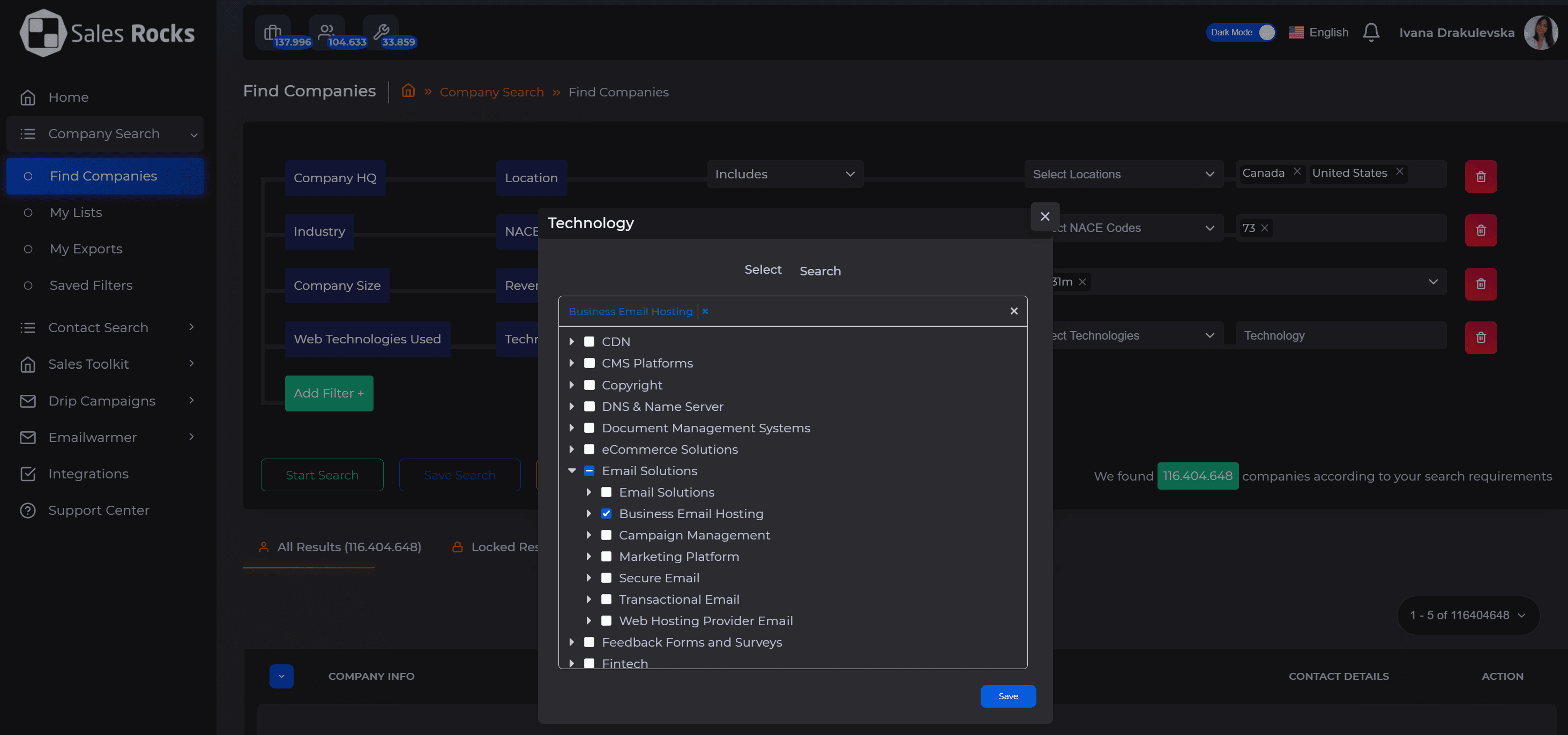
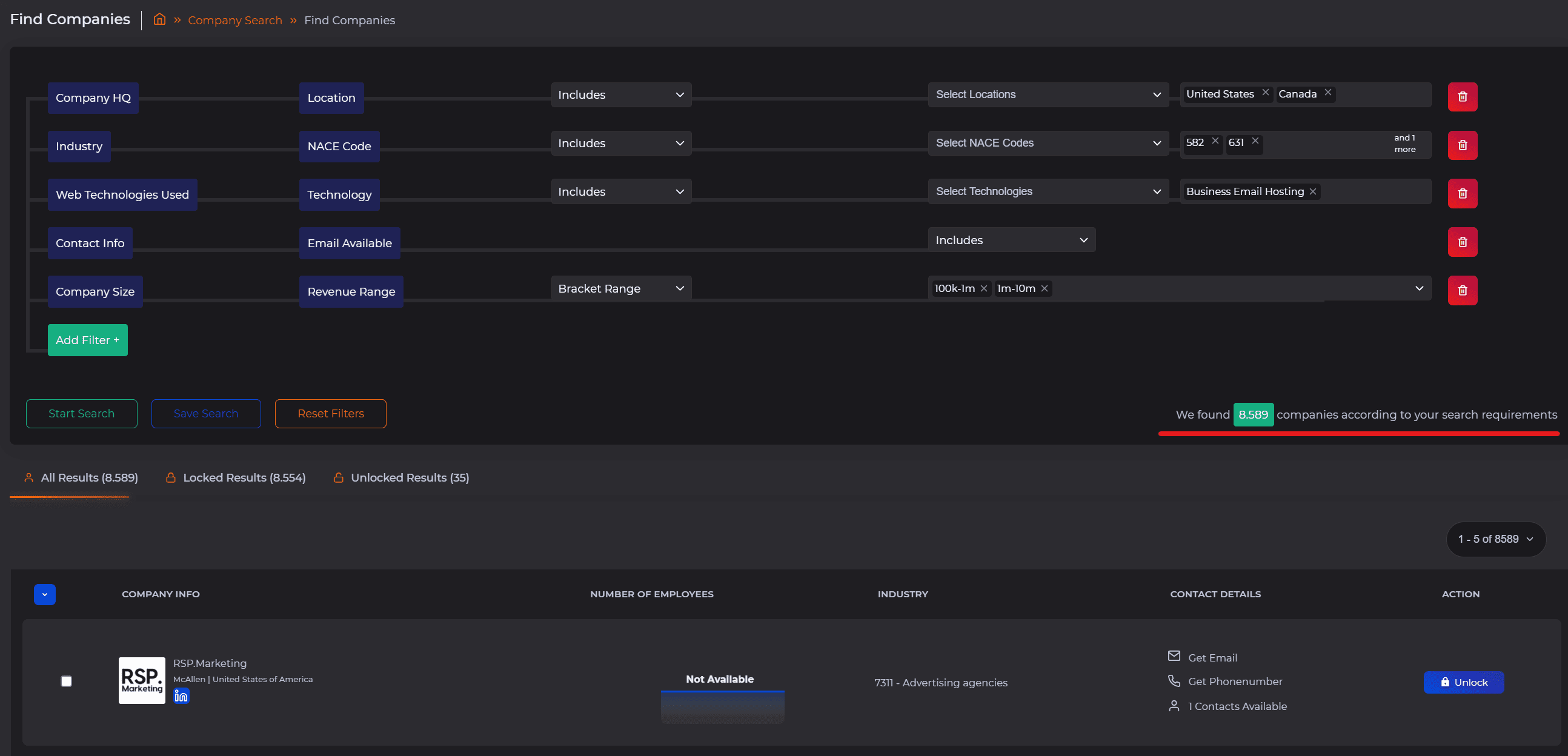 And finally, here are the results I got: “We found 8.589 companies according to your search requirements.” Which is more than enough for our sales team:)
And finally, here are the results I got: “We found 8.589 companies according to your search requirements.” Which is more than enough for our sales team:)Now, let’s take a look at how you can find the professionals working in those companies – your actual B2B customers.
Here, the filters are a bit different.
When it comes to Sales.Rocks Contact Search module – which you use to search for the decision-makers, or any business professional that you need to talk to and get information on them, the first filter allows you to search by Job Title, Hierarchy, or across Departments.
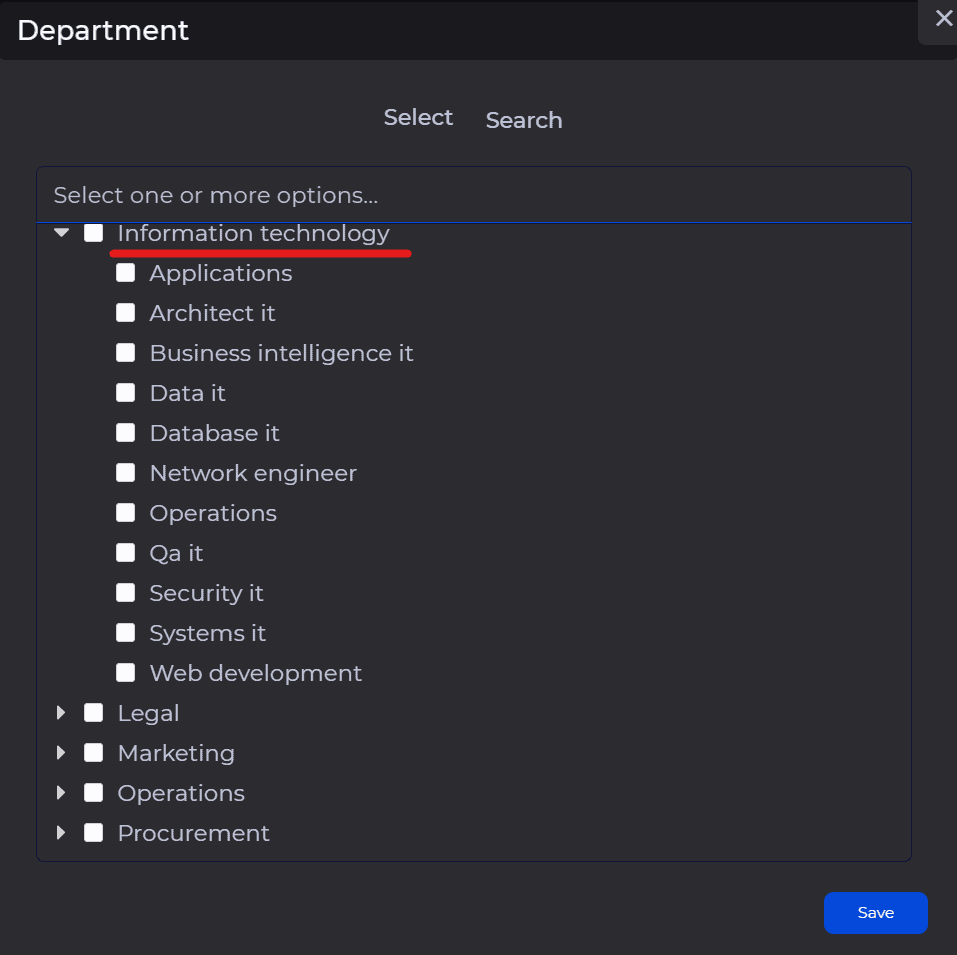
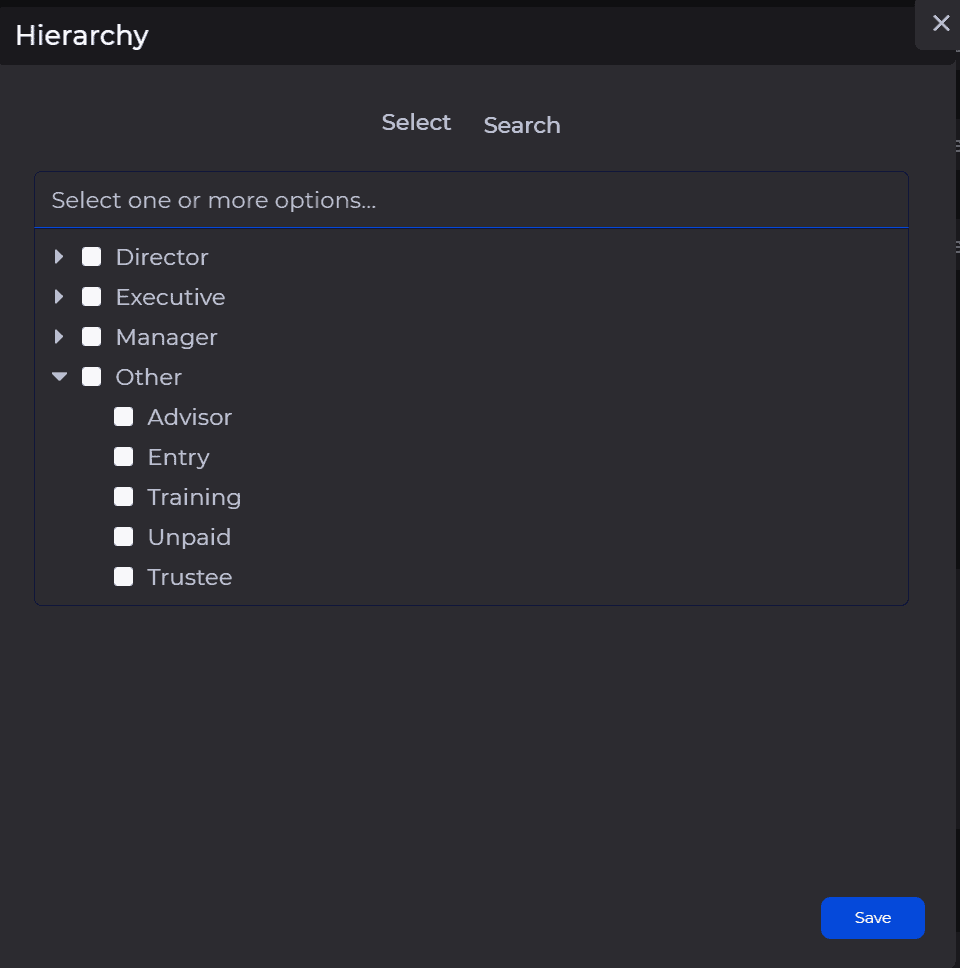
Get New B2B Customers Today!
Cut off the manual prospecting!
Additional places where you can look for potential B2B customers
Quite a few industry professionals mentioned “Quora“, Reddit, LinkedIn, of course, and some other platforms in their HARO pitch as an answer to my question: “Where do you usually find your B2B customers?” so I felt obliged to include some of their answers.
#5. Look for B2B Customers on Quora and Reddit
“We make use of community platforms like Quora to find new B2B customers, which is one of the most profitable channels for us. We get ample traffic and good number of signups every month, approximately around 600 seller signups. Almost all of them are genuine suppliers and most of the convert to paying customers. It’s a free platform so all the leads we get from there cost us nothing but provide good profit margins. Most of these leads are from English speaking countries, of course.
When these supplier signup to our website (which is a must to view the second page of buy offers) they provide their basic information like name, number, products, etc. Using this information, our sales reps connect with them and try to sell the premium package.
Although there are various ways with which we drive our traffic, but Quora has proven to be the best.“
Neha Khan, Assistant Manager Web Marketing for Tradewheel.com.
“Most of our customers find us through organic searches. We publish educational content on our blog that’s designed to answer the questions our target customers are asking online.
We identify these questions in a number of ways, one of which is browsing Reddit boards related to our niche. We’ll look for subreddits where our target customers are likely to ask questions, and then we’ll create blogs that answer those questions.
The assumption here is that, if one prospective customer is asking that question on Reddit, others are likely to share the same problems and therefore search the same types of questions online. Follow your customer behavior.”
Chris Zacher, Content marketing strategist at Intergrowth
#6. Attract customers in Communities & Social Media Groups
“One of the best and easiest ways to generate B2B clients is by creating online community such as private Facebook groups or other syndicates of connected, like-minded individuals typically within the same space.Those kind of companies would all congregate around a similar idea or common interest, so a group built around value aimed towards that audience is a great way to attract new potential clients. Once they’re in the group, information can be collected such as their names, their profile URL, phone, email — whatever they prefer to give up through many different ways such as simple landing pages or sign up forms.By providing value and showing that you are in authority in the industry and in that space, when someone needs the product or service that you offer — being that you are the admin or moderator of the group — you tend to be the person that they already know like and trust, which leads them to reach out to you directly. Typically, that would come through a private message or a direct message via Facebook or whatever platform you’re using for this service or product to host the group.”
Drewbie Wilson, the VP of Sales for Break Free Academy and Bestselling Author of “Crushing the Day: A Simple Guide to Success in Business and Life Through Service to Others.”
“We have had a lot of success finding B2B clients on industry Facebook groups because it is easy to showcase your knowledge and expertise in these groups. There are people actively looking for service providers in these groups, and by regularly posting and contributing to community discussion, we find that clients will very frequently come to us, and we do not even have to solicit business.
Getting contact information in these scenarios is usually straightforward. Someone will reach out via Facebook messenger, they will ask questions about our software or our services, we will take their email and then schedule an introductory Zoom call.”
Sebastian Schaeffer, CTO and owner of Dofollow.io.
#7. Use LinkedIn / LinkedIn SalesNavigator to find potential B2B clients
Q: Outbound: Where do you go to find new B2B customers online?
“After creating an ideal client profile (ICP) to support account-based marketing (ABM), we’ll use LinkedIn Sales Navigator as a starting point for researching and finding new B2B customers online.”
Q: Inbound: Or what do you do to attract them?
“After creating buyer persona documents for the most important stakeholders that we want to attract, we’ll use this insight to develop and promote thought leadership content for the primary and secondary buyer personas at the interaction of each buyer’s journey stage (awareness, consideration, and decision). To amplify this content, based on the specifics uncovered during the buyer persona research, we’ll use a combination of organic search (SEO), paid search (SEM), organic social, and paid social.”
Q: Where do you usually find them?
“For kinds of B2B technology companies I work with, primarily in infrastructure (IaaS), software (SaaS), and financial technology (Fintech), LinkedIn tends to be the most impactful channel.”
Joshua Feinberg, CEO at SP HomeRun.
* Where do you usually find them?
The best place today to find new prospects is without a doubt Linkedin SalesNavigator. The advantage is that most of the profiles are up-to-date and it is possible to see the activity of the prospects (what they like, what posts they have commented).* How do you approach them?
I try to give as much context as possible to my approach, based on the recent activity of my target. Whether it’s at the company level (a recent fundraising for example) or at the prospect’s level (a promotion, participation in a particular event etc). The idea is to give the impression that the email was written specifically for the prospect.
* Do you use any tools that help you reach your b2b future customers?
I mainly use an emailing tool like lemlist or Woodpecker that allows you to automate the sending of email sequences. I also use Phantom Buster to extract leads from sales navigator.* How do you get their contact information? What works best for your B2B company?
With a name + a first name + an associated company domain, it is possible to find almost 100% of the B2B email addresses.You can use for example, an enrichment solution such as Dropcontact, Hunter or Voilanorbert… that allow you to automatically find the business address of a prospect.
But it is also possible to do it for free, by discovering the right email patterns by hand. You can for example use this tool –> http://metricsparrow.com/
toolkit/email-permutator/. You just have to enter a name, a first name and the company name in which your target works, and the tool will try to make all the most used email combinations. Once you have your list, you just have to put the results in an email verification tool, like neverbounce or zerobounce, which will find the valid address among all the ones you have entered. And voila!
Loïc Gentilini, Growth Manager at Pick Your Skills.
#8. Break the ice with Cold Emails / Outbound Email Campaign
“Cold emails still work. Two components of a successful cold email campaign:
1) Make sure your email address is prepared for cold emails. If you want to get through spam filters, make sure you have warmed your email and aren’t using a “cold email only” email address. It will never get through.2) When you craft a cold email message, make sure you aren’t spamming. We send out 15-25 cold emails a day. They aren’t through an automated system. We research our target clients and then write out a legitimate, well-researched email to each lead. We then follow up 5-9 times.This is how we have landed 100% of our clients so far. It costs us nothing but time. “Amelia Morgan, from All that Website Stuff.
To wrap it up.
Interested to Learn More?
Enroll in our Sales.Rocks Academy!



